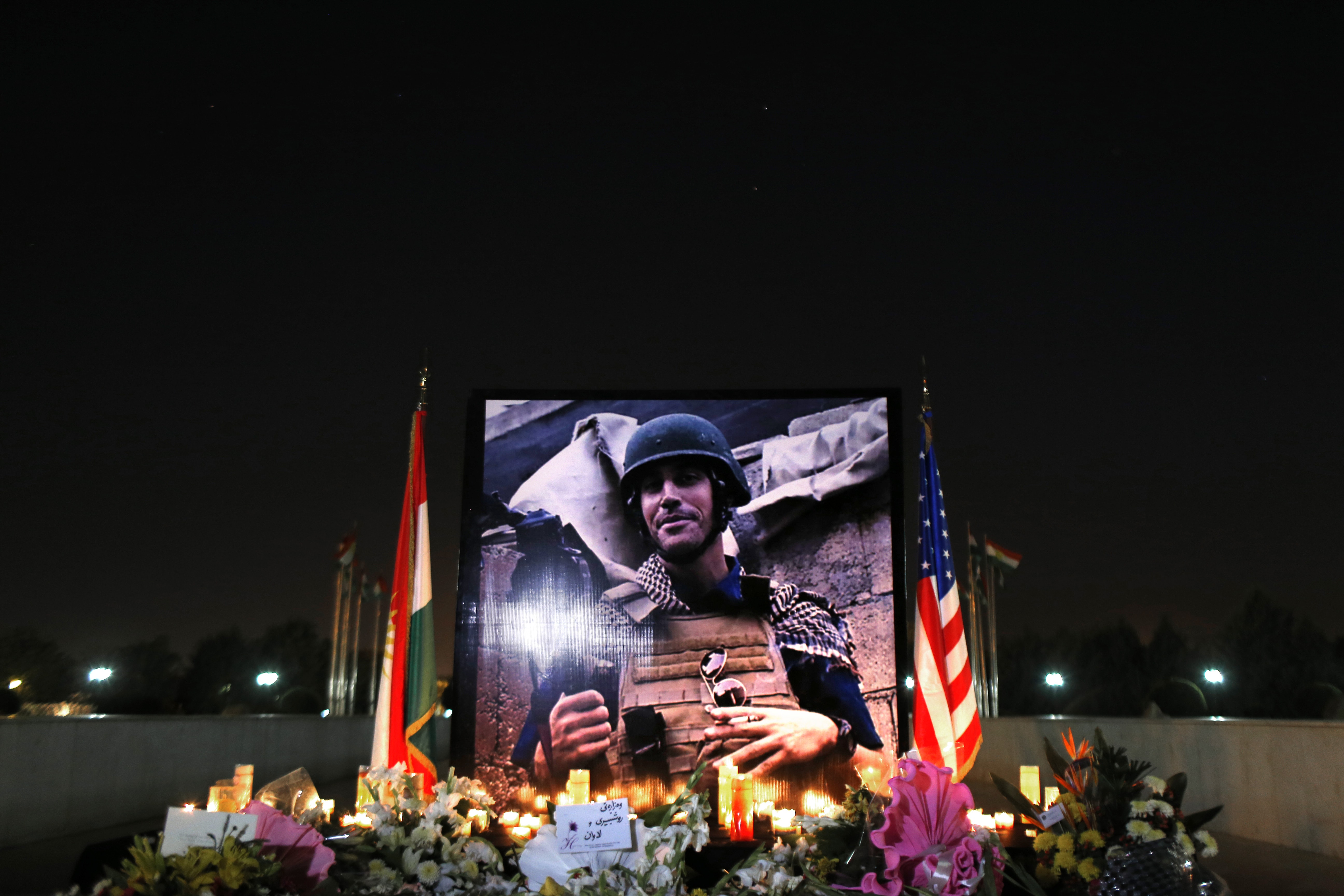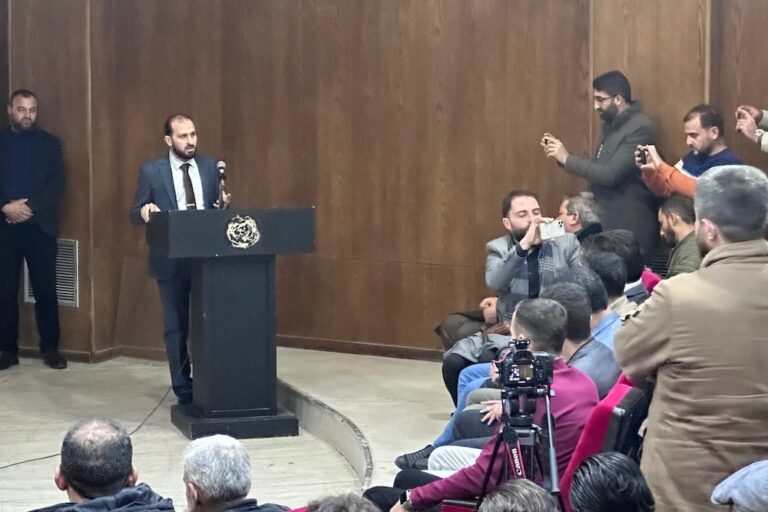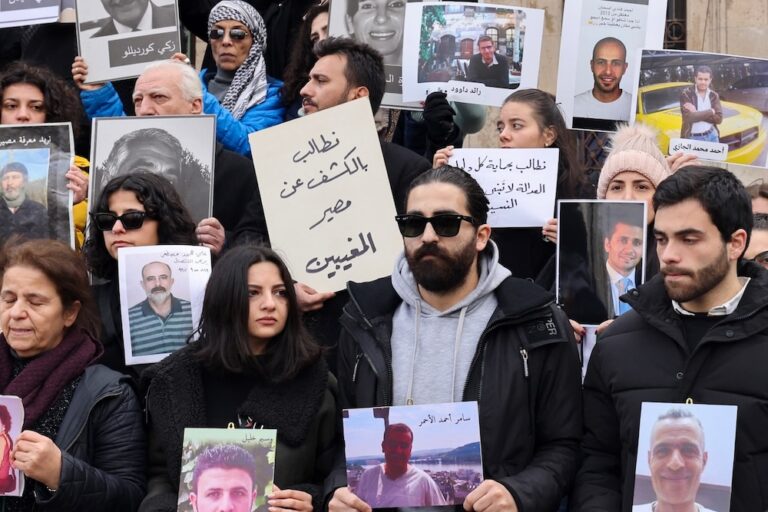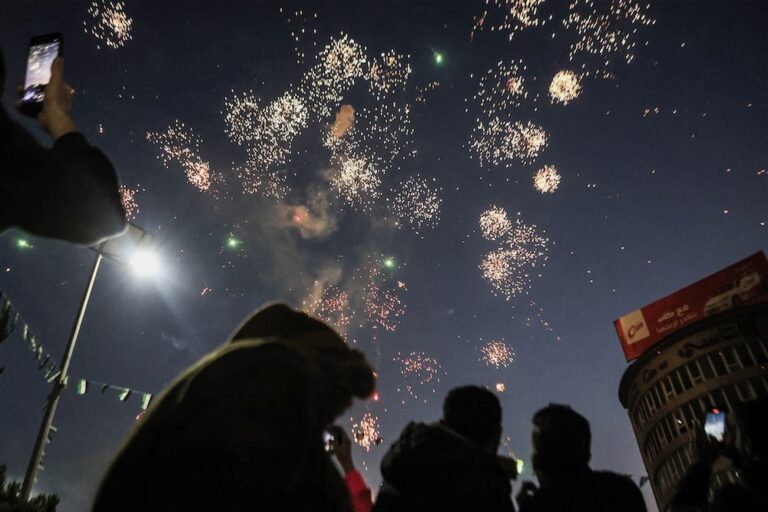It is hard to imagine amid the pain and sadness that anything positive could come of such brutal murders. But in the past year, there has been heightened awareness both in the media sector and in governments' handling of hostage situations.
The following is a CPJ blog post by Robert Mahoney, CPJ’s deputy director, published on 17 August 2015.
Journalists who regularly cover violence are considered a hard-boiled bunch. But a year ago this month, even the toughest were crying. There was no emotional body armor to deflect the horror of the beheading videos of freelancers James Foley, Steven Sotloff, and other Westerners held hostage in Syria by the self-styled Islamic State, also known as ISIS, ISIL, or IS.
The slayings confirmed a long-simmering fear among foreign reporters that journalists, particularly in the upended political and security structures of the Middle East, were no longer just witnesses to a story. They were the story. Capturing a Westerner, especially an American, brought insurgent Islamist groups a political and propaganda advantage that far outweighed using the foreign press to spread their message as in the pre-YouTube and Twitter era. Islamic State ransomed off some European captives, but hostages from the United States and Britain, whose governments publicly refuse to pay kidnappers, were ruthlessly exploited and murdered for shock value.



